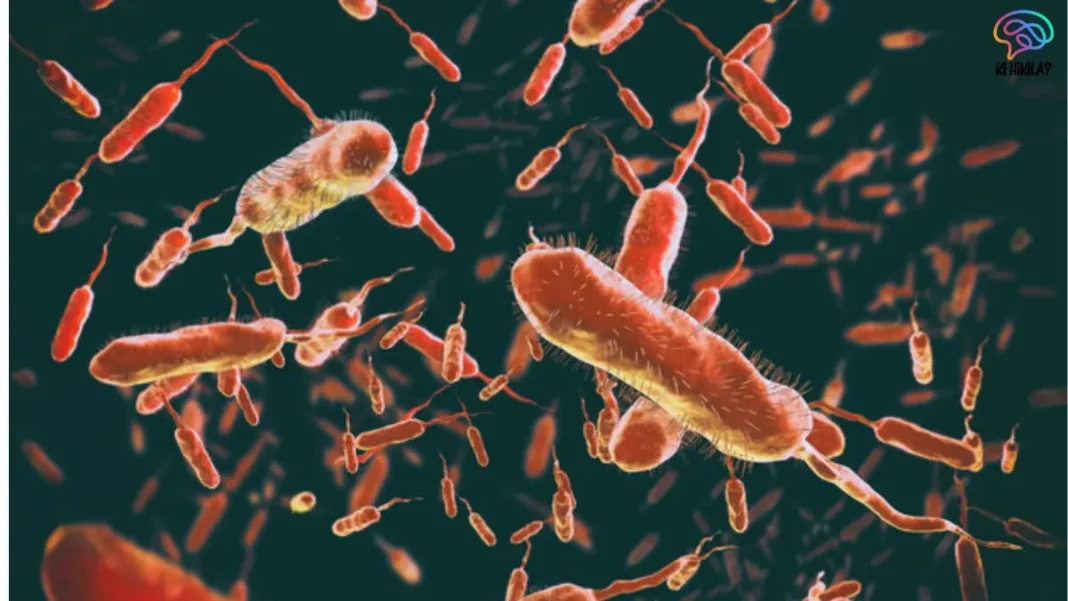Engineered Bacteria Power Biosensors—a pioneering development that combines synthetic biology and bioelectrochemistry—is revolutionizing the way scientists design chemical sensors. A team of researchers from Imperial College London and Zhejiang University has successfully created living biosensors that can detect chemical signals and convert them into electrical outputs. These devices promise to deliver low-cost, portable, and programmable solutions for bioelectronic applications, opening new possibilities in environmental monitoring, food safety, and medical diagnostics.
Limitations of Traditional Biosensors
Conventional biosensors, though widely used, face serious limitations. Most rely heavily on enzymes, which are fragile, expensive to produce, and often have limited lifespans. Their response times can be slow, especially in complex or contaminated environments, and their performance deteriorates when exposed to unstable conditions.
Another challenge is that many whole-cell biosensors produce optical signals, which are not easily integrated into portable electronics. This makes them less effective for field deployment, where quick, reliable, and simple readouts are crucial. These barriers have significantly restricted their practical applications in real-world scenarios.
By contrast, the latest innovation where engineered bacteria power biosensors addresses these limitations by producing electrical outputs that can be directly connected to inexpensive and portable devices.
Engineering Bacteria for Electrical Signal Output
The research team used the well-known bacterium Escherichia coli as the biological platform. Through genetic modification, they introduced three modules into the bacteria:
- Sensing Module – detects target chemicals using specialized molecular regulators.
- Processing Module – amplifies or modifies the detected signal to improve sensitivity.
- Output Module – produces phenazines, nitrogen-based molecules that generate measurable electrical currents.
When the engineered bacteria encounter target molecules, they respond by producing phenazines. These molecules are easily detectable using electrochemical techniques, making the biosensors highly compatible with portable electronic readouts.
Detection of Specific Chemicals
The researchers developed two proof-of-concept biosensors that demonstrate the potential of this technology.
- Sugar Detection: One biosensor was designed to detect arabinose, a type of plant sugar. When arabinose was present, the bacteria produced phenazine-1-carboxylic acid, generating an electrical current proportional to the sugar concentration. Remarkably, the results were available within just two hours.
- Mercury Detection: Another biosensor was engineered to detect mercury ions in water. By introducing a genetic amplifier linked to the MerR protein, which binds mercury, the bacteria significantly boosted phenazine production. This allowed the detection of mercury at levels as low as 25 nanomoles—below World Health Organization (WHO) safety limits—within three hours.
These results show how engineered bacteria power biosensors can deliver rapid, sensitive, and low-cost detection of harmful chemicals in the environment and food supply.
Logical Operations Within Living Sensors

In another significant achievement, the team successfully engineered an “AND” logic gate within E. coli. This means the biosensor could be programmed to generate a signal only when two specific molecules were present simultaneously.
Such advancements suggest the possibility of creating more sophisticated biochemical computing systems inside living cells. This could allow future biosensors to conduct complex analyses, opening pathways for highly specific diagnostics and environmental monitoring.
Applications and Advantages
The advantages of this new biosensor platform are substantial:
- Self-Maintaining Systems: Unlike traditional sensors, living biosensors can reproduce, adapt, and sustain themselves.
- Operation in Harsh Environments: They are capable of functioning even in contaminated or resource-limited conditions.
- Electrical Readouts: The ability to produce electrical signals makes them compatible with portable, low-cost electronic devices.
- Programmability: Their modular design allows them to be tailored for different chemicals, from pollutants to disease biomarkers.
These strengths mean that engineered bacteria power biosensors could revolutionize fields such as:
- Environmental Monitoring – detecting pollutants like heavy metals and toxins in water and soil.
- Medical Diagnostics – identifying biomarkers of disease in bodily fluids.
- Food Safety Testing – rapidly detecting contamination from toxins, pathogens, or chemicals.
About Escherichia coli
The choice of E. coli as the host organism is strategic. This bacterium naturally inhabits the intestines of humans and warm-blooded animals. While most strains are harmless, some—like Shiga toxin-producing E. coli (STEC)—cause severe foodborne illnesses.
STEC is primarily transmitted through contaminated food such as undercooked meat, raw milk, and fresh produce. It can survive under acidic conditions (pH 4.4), requires a minimum water activity of 0.95, and grows optimally at 37 °C. Cooking food to at least 70 °C effectively destroys these harmful strains.
Among them, E. coli O157:H7 is the most significant for public health. Understanding its biology not only aids in food safety but also helps researchers harness safe E. coli strains for beneficial applications like biosensors.
Conclusion
The breakthrough where engineered bacteria power biosensors marks a transformative moment in biotechnology. By integrating synthetic biology with bioelectrochemistry, scientists have developed living sensors that are cost-effective, programmable, and directly compatible with portable electronics.
From detecting plant sugars to identifying dangerous mercury levels in water, these biosensors demonstrate remarkable potential for real-world use. As development continues, they may redefine how societies monitor the environment, ensure food safety, and diagnose diseases—all while making advanced technology accessible at lower costs.
In the future, such innovations could lead to programmable biosensors capable of complex logic operations, turning living cells into powerful bio-computing devices. For now, this development is a strong signal that engineered biology is set to reshape the landscape of global health and environmental sustainability.



